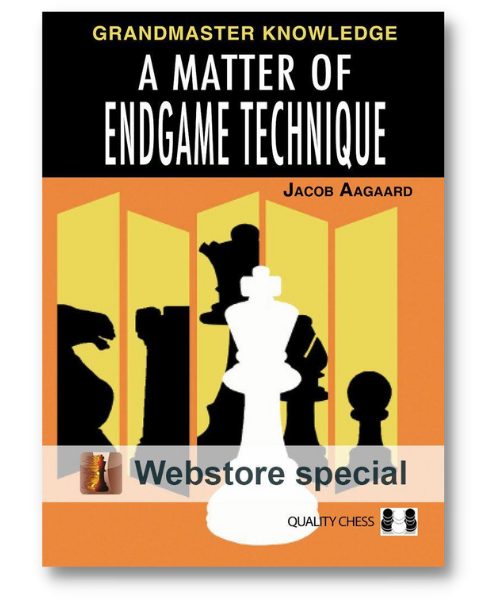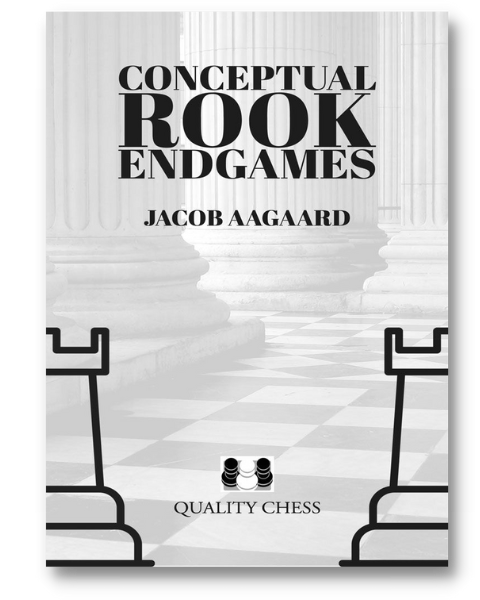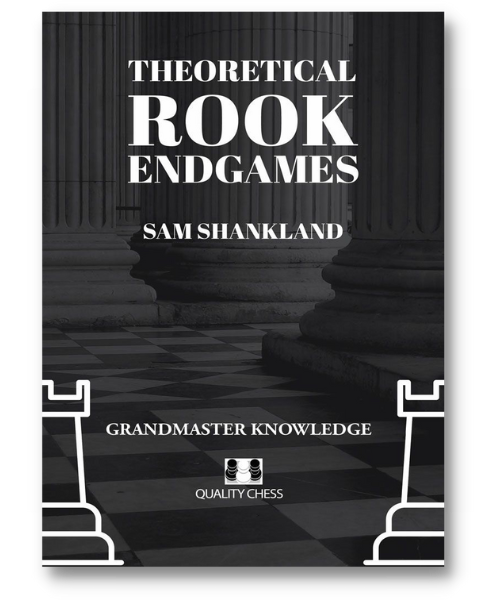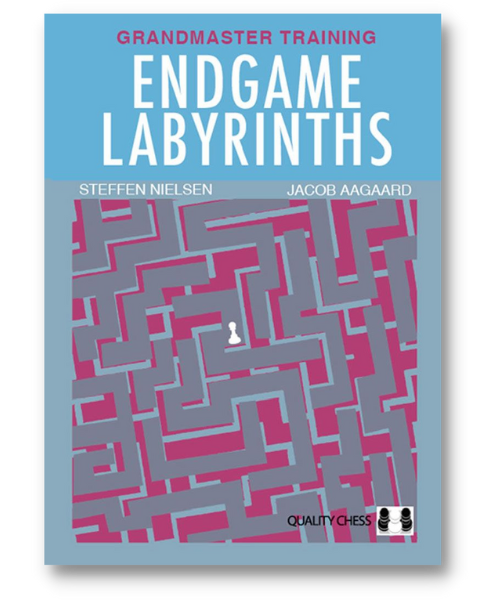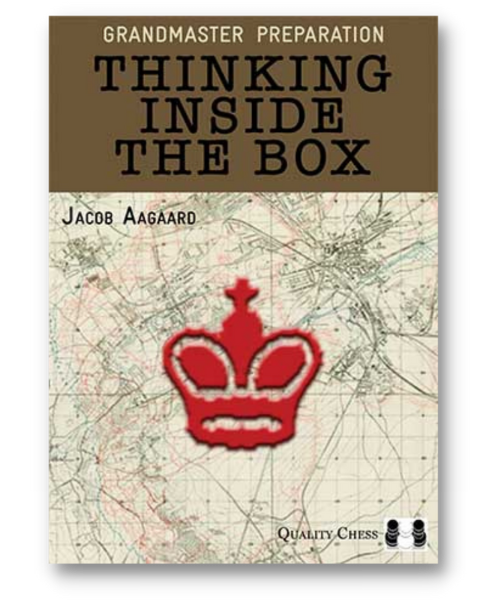Get to know our Forward Chess author of the month for November 2023, Jacob Aagaard!
You’ve achieved significant success both as a chess player and as an author. Could you share with us which of these roles you find more fulfilling and why?
I would probably disagree with this kind of description. I did win the British Championship in 2007 and become a Grandmaster, but I was never a top player. But as both an author and a trainer I have had an influence in top chess, with top players working with both my books, and me as a trainer.
Can you walk us through your process of writing a chess book? How do you decide which topics to cover and how to structure your material?
It usually comes from a feeling that something is lacking in chess literature. Let’s take a few examples from my last three books. A Matter of Endgame Technique was originally meant to be one volume, but at 896 pages for just one part of this trilogy, it was clearly not space enough. It came from a question voiced by GM Adhiban in Chennai in 2017, about how he should improve in converting advantages. Working on the project, it started out as a middlegame project, but then I analysed some fascinating rook endgames, and wrote a chapter on those. This grew and grew, just as I became obsessed with other endgame patterns. At some point, I decided that it should be three entirely different projects.
A Matter of Endgame Technique (AMOET) would focus on why and how people mess up winning positions, Conceptual Rook Endgames would deal with the core ideas and mechanics of rook endgames (and I convinced Sam Shankland to write an accompanying book called Theoretical Rook Endgames, as I was sure he would do it better than I), while A Matter of Middlegame Technique has been left for a later date. Then while writing AMOET, I realized that it would be good to describe the common ideas and mechanics of endgame play, and this became a 300-page chapter; chapter 1. So the story of these two recent books is quite unstructured and incoherent. This can be surprising for those reading the books, as they are well-structured and entirely coherent.
Endgame Labyrinths is another story. Together with three friends, we tried to solve positions from a famous book of endgame studies. But hating the positions, their impracticality, and especially the 32-move-long solutions, I suggested we turn to Steffen Nielsen, a Danish composer (now both GM and reigning World Champion), to ask for some “solvable studies”. Although I was still bad at it, the studies were solvable, and far more enjoyable, both artistically and practically. This combined with a memory of a book that was already old in the late 1990s (when I was working on it), and a conversation with an English IM of Chinese heritage, who told me that the Chinese top players all use the Grandmaster Preparation series, even though many of them cannot read the words, framed the project in my mind. 1002 studies, truncated to cut off artistic fluff, carefully selected, with no words in the solutions (except for a chapter opening) and checked in a way studies never have been before to ensure there were no mistakes. It was a disciplined project from start to finish. And it was slow, long, torture. Getting it right seemed almost impossible for years, but we persevered and in the end, we produced something really special (imo).
What challenges do you face while writing books aimed at different levels of chess players, from beginners to advanced?
None. It is just so that I have written books for stronger players for a very long time. It has been a side-effect of working with a lot of strong players (Shankland, Gelfand, and a lot of the young players), that I felt a need to address that audience. I did write books with a more broad appeal earlier, and I am working on books with a broader appeal at the moment. The overlap is quite a bit, but the main difference comes in the complexity you want to add. But it will be little surprise to anyone that top players hate computer printout books just as much as club players.
Do you have a favorite chess book or do you have a must-read book list that you would recommend?
A lot of people do not know Under the Surface by Jan Markos. It is one of the most interesting chess books of the 21st century.
Can you share an experience or a game that significantly influenced your approach to chess?
Aagaard – Steingrimsson, Porto Mannu 2007. I write about it in Thinking Inside the Box in great detail. Essentially, I learned a lot about my thought and especially my decision-making process, analyzing the game afterward with Artur Yusupov.
Could you recommend a few essential habits or practices that you believe are crucial for chess improvement?
Buying my books (reading them is not compulsory, but do consider buying multiple copies)
Alternatively:
- Play high-quality games and analyze them afterward with an inquisitive mind.
- Understand your weaknesses and work on them.
- Understand your strengths and work on them so as not to lose them.
- Acquire knowledge and information from as many sources as possible and develop your own understanding of what chess is and how it is played.
- Train skills. When you are solving exercises, make sure you have a clear picture of what skill you are developing and make sure your focus is on that skill and not on solving the exercises “in old and imperfect ways”.
- Be a part of a community or structure where you are encouraged to work on chess (killerchesstraining.com is one such community)
Are there any new projects or books you are currently working on that you can tell us about?
I am working on 42 separate projects at the moment. I counted them for you. One is another twinned project with Sam Shankland. He will write Grandmaster Training Camp 2 – Attack!. I am writing a “broad” manual of attacking chess. The books shall be published together somewhere in the middle of 2024. In many formats.
Looking back at your extensive catalog of chess literature, which book do you consider your best and why?
Thinking Inside the Box. It was both incredibly personal and also the one with most important ideas in it. Kostya from Chess Dojo named it the best chess book of the 21st Century. I have won many awards, but none for this book. Maybe we did not nominate it? I don’t recall.
Is there a particular book you’ve written that was especially challenging or rewarding to create?
Endgame Labyrinths. See the description above. Going through 2500 studies that were input by hand. Reanalyzing them all (we did not ignore existing variations, but we checked everything and changed something in probably all studies). Chucking out 1500 in the process. It felt endless. Never again! The final book is as I wanted it. “Pure gold”, according to Anish Giri.
You co-founded Quality Chess, a publishing house renowned for its high-quality chess books. Can you share the story behind the inception of Quality Chess? What were your goals and visions for the company, and how do you feel these have been realized over the years? Additionally, how has your role at Quality Chess influenced your approach to writing and understanding the needs of chess players in terms of literature?
In 2002-3 I got rejections on two books I wanted to get out there. A book on the Berlin Defense, which I felt was becoming very important at top level (something that only increased in importance with time), and Lipnitsky’s Questions of Modern Chess Theory. I was also working on two books on attacking chess (Attacking Manual 1 & 2 – ECF books of the year 2010). I was annoyed that Everyman did not want to publish the first two projects. One of them that I would have no benefit to, except as a reader. I was also unhappy with how I felt my books were made worse by some of the freelance editors Everyman hired, and did not want them to massacre the attacking books, which I felt might actually be good. So in this way, it started out as an artistic and idealistic project. I also wanted to make it a living, but that took quite a number of years to achieve and was not the driving force in the beginning.
The mission statement had there been one, was all in the name. The idea was to do something different from what everyone else was doing at the time (Starting Out, Explained, Revealed) for people who like chess and did not mind that it is a difficult and challenging game. The books did not have to be difficult though, but they were not to be rushed out and the readers were not to be disrespected. I despise when authors are lying to or talking down to the reader. You can tone up or down the complexity of the game, without disrespecting the reader. I wanted to make books that respected the readers, the authors and in the end, myself.
I feel that the ambitions I had back then have been surpassed tenfold. The books we did early on were fine, but the books we have been doing for the last decade far exceed them in quality. I became a far better chess writer and trainer than I believed was possible when we started 20 years ago. I now know what I am doing. I write exactly the books I want to write, the books I would want to read, the books I had hoped were there when I was young and hungry. I am still hungry, but now it is for filling holes in chess literature and helping young players chase their dreams.
For a limited time, get Jacob’s books with a special discount on www.forwardchess.com.
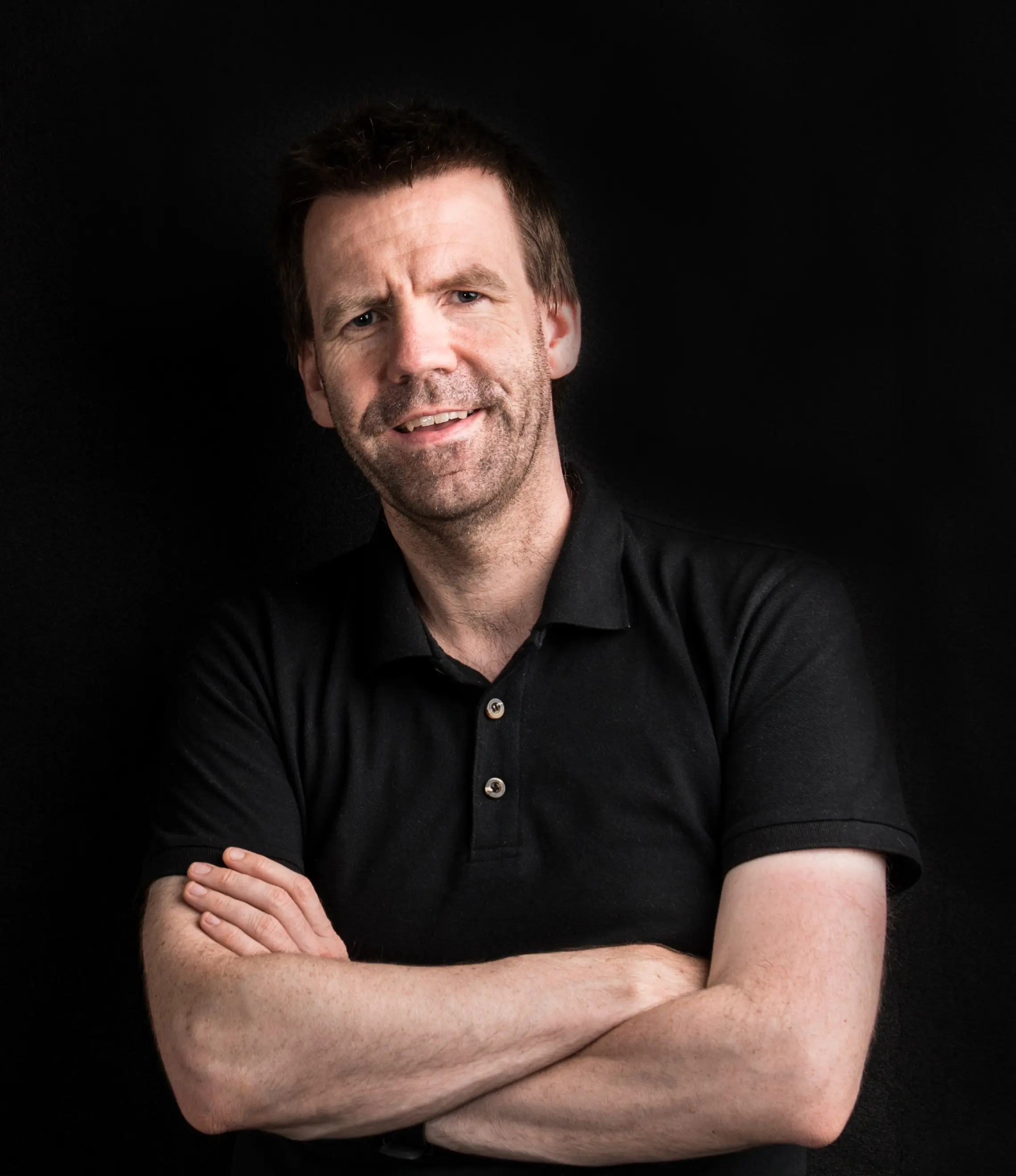
Grandmaster Jacob Aagaard is a renowned Danish-Scottish chess player, author, and trainer. He has written multiple influential chess books on a range of topics, helping players of all levels improve their understanding of chess. Aagaard has won several awards for his chess books. Some of the most prestigious are from the English Chess Federation (ECF) and the Association of Chess Professionals. Notably, his book “Excelling at Chess” won the ChessCafe.com Book of the Year award. He has also had a lot of success as a coach where his students have beaten all the greatest players of the last few decades!
- The Power of Pattern Recognition: The Woodpecker Method 2 - August 20, 2024
- Rock Solid Chess: Volume 2 - February 21, 2024
- Unsung Heroes of Chess - February 19, 2024

